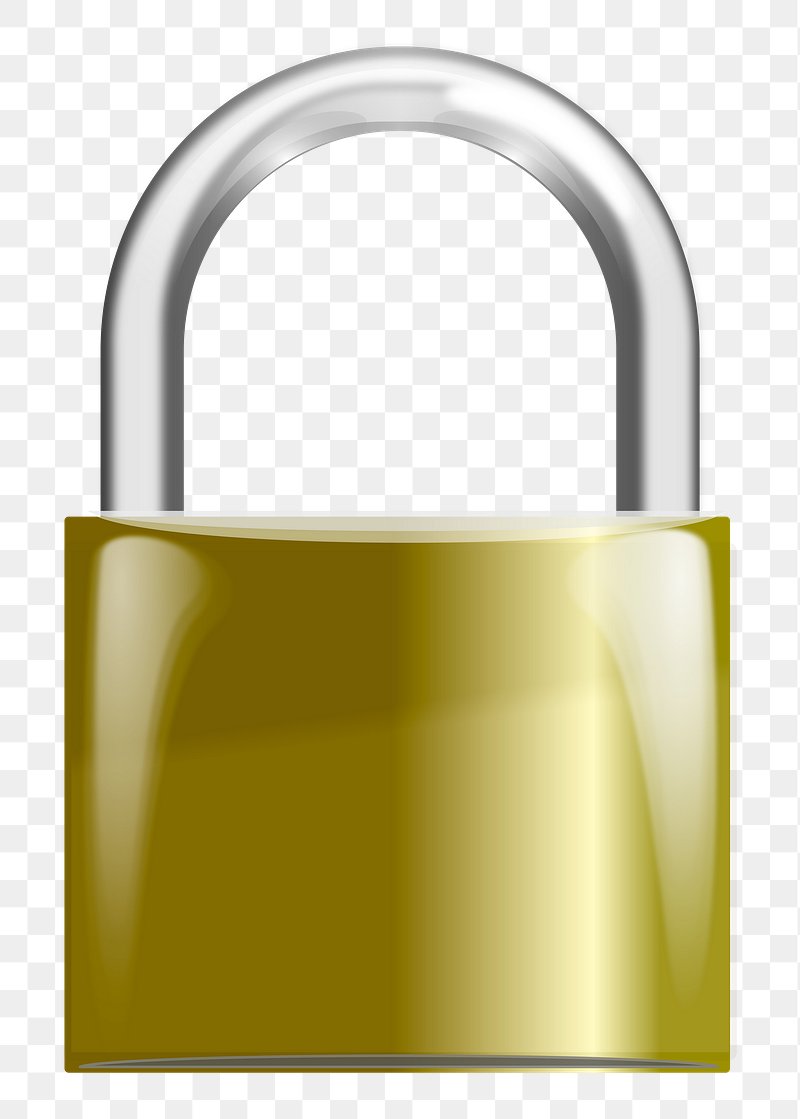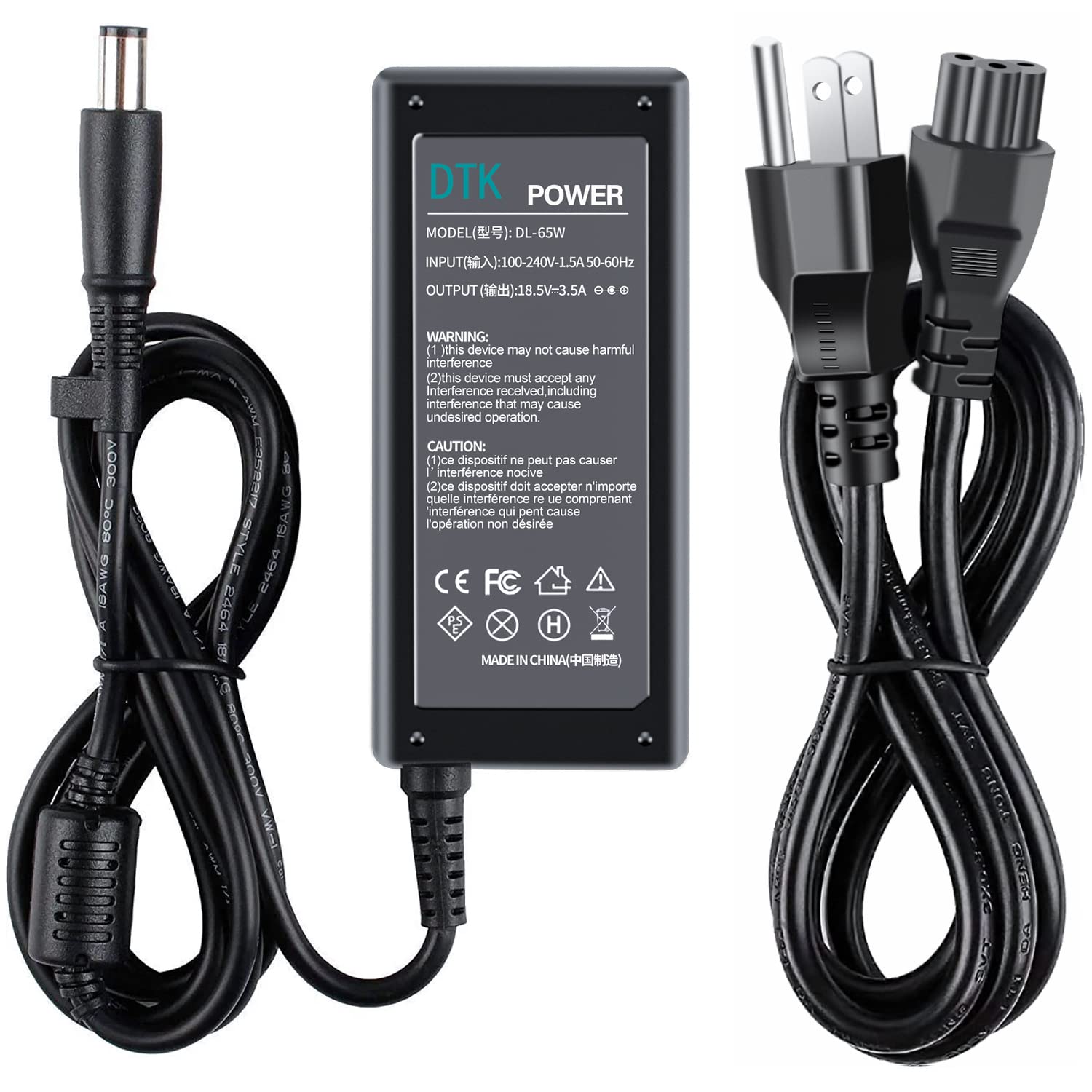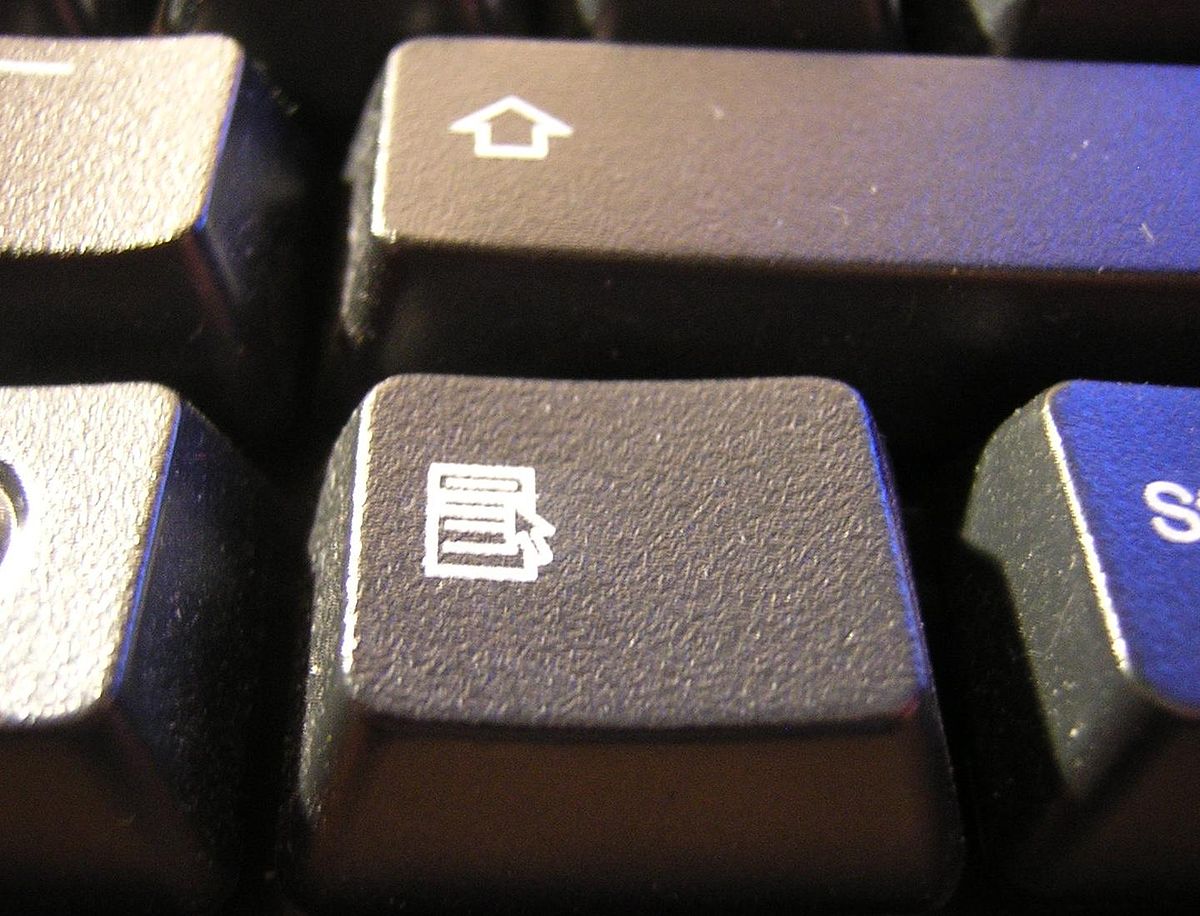Having a locked laptop keyboard can be frustrating and hinder productivity. In this article, we will explore effective methods to unlock your laptop keyboard and get it back to functioning properly.
Identifying Causes of Lock-Up

Identifying the causes of a lock-up on your laptop keyboard is crucial in order to resolve the issue and unlock it. Here are some common reasons why your laptop keyboard may be locked and how you can troubleshoot them:
1. Software or driver issues: Sometimes, a glitch in the software or a faulty driver can cause the keyboard to lock up. To troubleshoot this, try restarting your computer and see if the issue persists. If it does, you may need to update or reinstall the keyboard driver. Visit the manufacturer’s website to download the latest driver for your specific laptop model.
2. Physical damage or debris: Inspect your laptop keyboard for any physical damage or debris that may be causing the keys to stick or lock. Clean the keyboard using compressed air or a soft cloth to remove any dust or particles that may be interfering with the keys. Ensure that the keys are not physically stuck or damaged.
3. Num Lock or Scroll Lock: Check if the Num Lock or Scroll Lock keys are activated, as this can cause certain keys or functions to be locked. Press the respective key on your laptop keyboard to toggle them on or off.
4. External devices or wireless connections: If you are using a wireless keyboard or have connected any external devices, such as a Bluetooth dongle, try disconnecting them and see if the keyboard lock-up issue persists. Sometimes, conflicts with these devices can cause the keyboard to lock.
5. Power settings and hibernation: Check your laptop’s power settings and hibernation settings, as these can sometimes affect the keyboard functionality. Adjust the settings to prevent your laptop from entering hibernation mode too quickly or disabling the keyboard.
6. Shift key or keyboard shortcuts: In some cases, using certain keyboard shortcuts or pressing the Shift key for an extended period of time can cause the keyboard to lock. Try pressing and releasing the Shift key a few times to see if that resolves the issue. Also, avoid using excessive keyboard shortcuts that may cause conflicts.
If none of these troubleshooting steps resolve the lock-up issue on your laptop keyboard, it may be necessary to seek professional assistance or consider replacing the keyboard. Keep in mind that the cost of replacing a laptop keyboard can vary depending on the specific model and brand.
Checking Connections and Power

- Check the power source: Ensure that your laptop is properly connected to a power outlet or that the battery is charged.
- Inspect the keyboard connection: Examine the connection between the keyboard and the laptop to ensure it is securely attached.
- Restart your laptop: Sometimes, a simple restart can resolve keyboard issues caused by software glitches.
- Update keyboard drivers: Check for any available updates for your keyboard drivers and install them to ensure compatibility.
- Check for physical damage: Look for any visible damage or debris on the keyboard that may be causing the keys to malfunction.
- Try an external keyboard: Connect an external keyboard to your laptop to see if the issue lies with the internal keyboard or the laptop itself.
- Scan for malware: Run a thorough antivirus scan on your laptop to check for any malicious software that may be affecting the keyboard.
- Perform a system restore: If the issue started recently, revert your laptop to a previous restore point where the keyboard was functioning properly.
- Seek professional help: If none of the above steps resolve the issue, consider contacting a technician or the manufacturer for further assistance.
Updating and Managing Drivers
1. Start by identifying the type of keyboard driver you have. Most laptops use the default keyboard drivers provided by the operating system, such as Windows 10, Windows 7, or Microsoft Windows. However, if you have a specialized keyboard, such as a wireless or ergonomic keyboard, you may need to install specific drivers provided by the manufacturer.
2. To update the default keyboard drivers, follow these steps:
a. Press the Windows key + X on your keyboard and select “Device Manager” from the menu that appears.
b. In the Device Manager window, expand the “Keyboards” category.
c. Right-click on your keyboard driver and select “Update driver.”
d. Choose the option to automatically search for updated drivers.
e. If an update is available, follow the on-screen instructions to install it.
3. If you have a specialized keyboard, visit the manufacturer’s website and look for the “Support” or “Downloads” section. Here, you can find the latest drivers for your specific keyboard model. Download the driver and follow the installation instructions provided by the manufacturer.
4. After updating or installing the keyboard driver, restart your laptop to apply the changes.
5. If updating the drivers didn’t resolve the issue, try troubleshooting the keyboard. On Windows 10, you can do this by:
a. Press the Windows key + I to open the Settings app.
b. Go to “Update & Security” and select “Troubleshoot” from the left-hand menu.
c. Click on “Keyboard” and then select “Run the troubleshooter.”
d. Follow the on-screen instructions to complete the troubleshooting process.
6. If none of the above steps work, consider inspecting the physical condition of your laptop keyboard. Check for any stuck keys, debris, or damage that may be causing the issue. Clean the keyboard if necessary.
Adjusting Keyboard Settings

To adjust your keyboard settings on a laptop, follow these simple steps:
1. Start by navigating to the Control Panel on your computer. You can do this by clicking on the Start menu and searching for “Control Panel.”
2. In the Control Panel, look for the “Keyboard” or “Hardware and Sound” section and click on it.
3. Within the keyboard settings, you will find options to adjust various parameters such as the repeat delay, repeat rate, and cursor blink rate. These settings determine how your keyboard functions and responds to your typing.
4. If you are using a wireless keyboard, make sure it is properly connected to your laptop via Bluetooth or USB. If it is not working, try replacing the batteries or checking the device driver for any issues.
5. In some cases, you may need to inspect the physical keyboard itself for any malfunctioning keys. Clean the keyboard thoroughly or consider using an ergonomic keyboard if you experience discomfort while typing.
6. If none of the above steps solve the problem, you can try resetting the keyboard settings to their default values. Look for the “Reset to Defaults” or “Restore Defaults” button within the keyboard settings menu.
It’s important to note that keyboard issues can sometimes be caused by software conflicts or system failures. If you receive any error messages or encounter persistent problems, it may be necessary to seek professional assistance or contact the manufacturer for further support.
Troubleshooting and Replacement Considerations
| Troubleshooting | Replacement Considerations |
|---|---|
| 1. Check for physical obstructions: | 1. Determine if the keyboard is under warranty. |
| 2. Restart the laptop: | 2. Research and find a compatible replacement keyboard. |
| 3. Update or reinstall keyboard drivers: | 3. Ensure proper tools are available for replacement. |
| 4. Use an external keyboard: | 4. Consider the cost of replacement versus repair. |
| 5. Check for keyboard settings: | 5. Back up important data before replacing the keyboard. |
| 6. Scan for malware or viruses: | 6. Follow manufacturer instructions for replacement. |
| 7. Contact technical support: | 7. Test the new keyboard after installation. |
| 8. Consider professional repair: | 8. Properly dispose of the old keyboard. |
F.A.Qs
Can you accidentally lock your keyboard?
Yes, it is possible to accidentally lock your keyboard. This can happen if you inadvertently press a key combination that causes your keyboard to hibernate, especially on a laptop. Another possibility is that your keyboard may not be properly connected to your system.
Why is my laptop keyboard not typing?
Your laptop keyboard may not be typing due to physical damage, such as spills, drops, dust, or wear and tear. Signs of hardware issues include stuck, loose, or missing keys, as well as keys producing incorrect characters or no response at all.
How do I get my keyboard out of lock mode?
To get your keyboard out of lock mode, try pressing the ‘FN’ key located at the bottom left of the keyboard, while simultaneously pressing the ‘Scroll Lock’, ‘Num Lock’, or any other key on your keyboard. This should reset the lock and allow you to use your device again.

